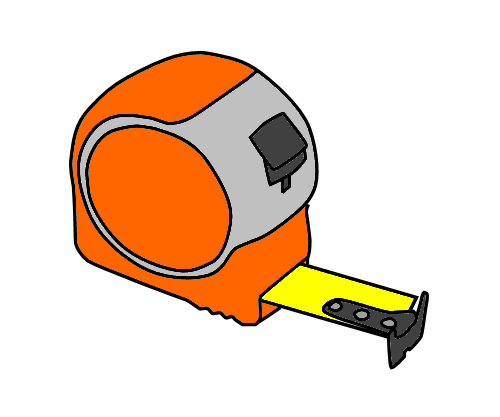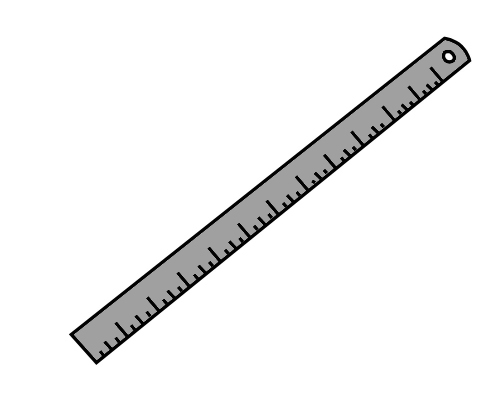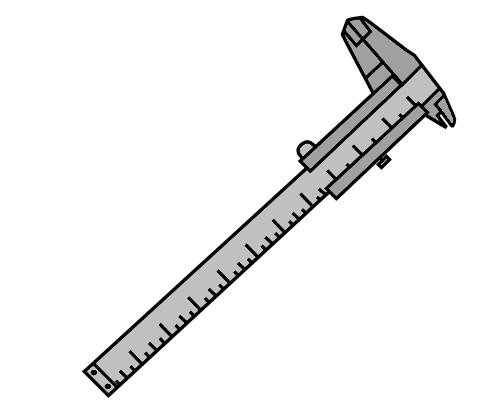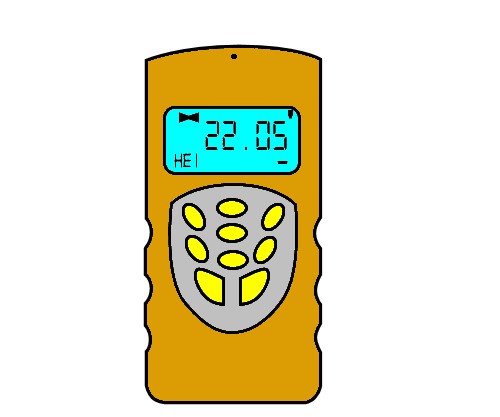Length
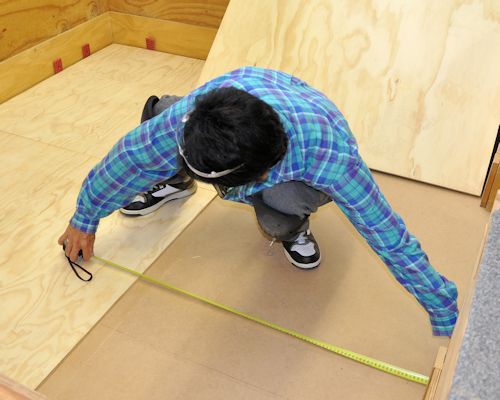 Audio for slide 1 (mp3 |6|KB)
Audio for slide 1 (mp3 |6|KB)
Floor layers use millimetres for most measurements. However, this hasn't always been the case - see 'Understanding measurements' in the unit Planning and costing for more details on the different units of measure that are used in floor laying.

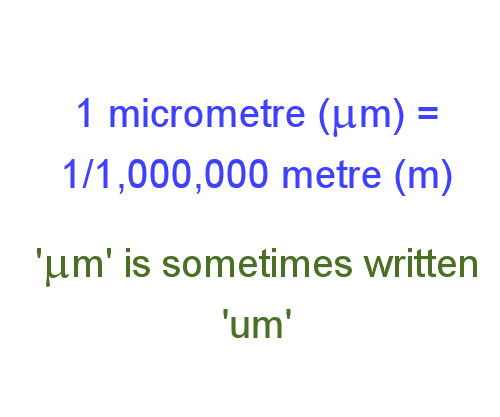 Audio for slide 2 (mp3 |6|KB)
Audio for slide 2 (mp3 |6|KB)
One micrometre is 1/1,000,000 (one millionth) of a metre, or 1/1,000 (one thousandth) of a millimetre. Its symbol is ' µm', which is sometimes written as 'um'.

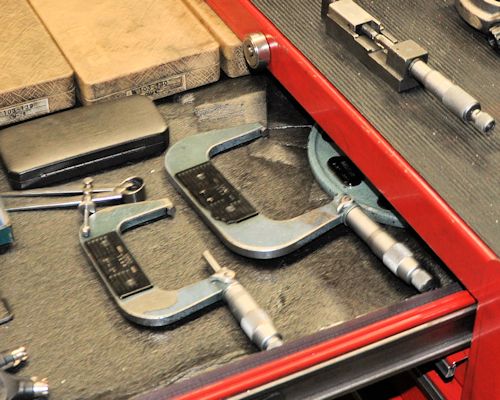 Audio for slide 3 (mp3 |6|KB)
Audio for slide 3 (mp3 |6|KB)
This is designed to avoid confusion with the measuring device called the micrometer, although strictly speaking 'micron' is no longer officially recognised as a term under the SI system.
In practice, micrometres are often expressed as millimetres to several decimal places. For example, 500 µm might simply be referred to as 0.5 mm, and 50 µm would be 0.05 mm.

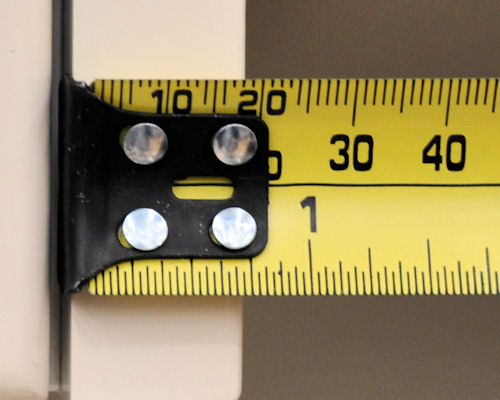 Audio for slide 5 (mp3 |6|KB)
Audio for slide 5 (mp3 |6|KB)
The amount of movement allowed is the same as the thickness of the hook.
Its purpose is to compensate for the hook thickness when you either push the tape up against an object for an inside measurement or hook it over the object for an outside measurement.


Learning activity
Audio 9 (mp3 |6|KB)Below are five segments of a tape measure, together with an arrow pointing to a particular length. See if you can read the correct length in millimetres for each one.
Don't be fooled - some of these are harder than they look! Remember, you'll need to take into account the units of measure, and on two of the segments, the previous markings on the left hand side that aren't visible.
This is good practice for the times when you're actually using a tape measure on the job, especially when you're measuring long lengths. It takes concentration to read off the correct measurement without misreading the position of the graduations on the tape.
Enter your answers in the cells on the right hand side, and click on the 'Check your answer' button for each one as you work through.

| Ruler | Length indicated | Unit of measure |
|---|---|---|
 | 2200 | mm |
 | 3110 | mm |
 | 7328 | mm |
 | 1780 | mm |
 | 4585 | mm |
 Go to Area
Go to Area